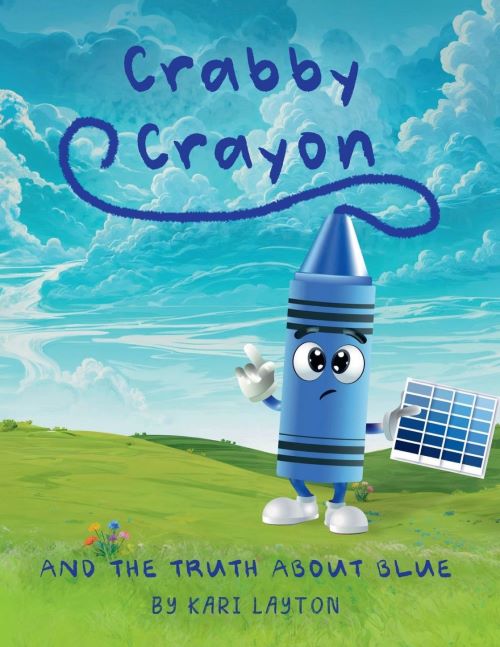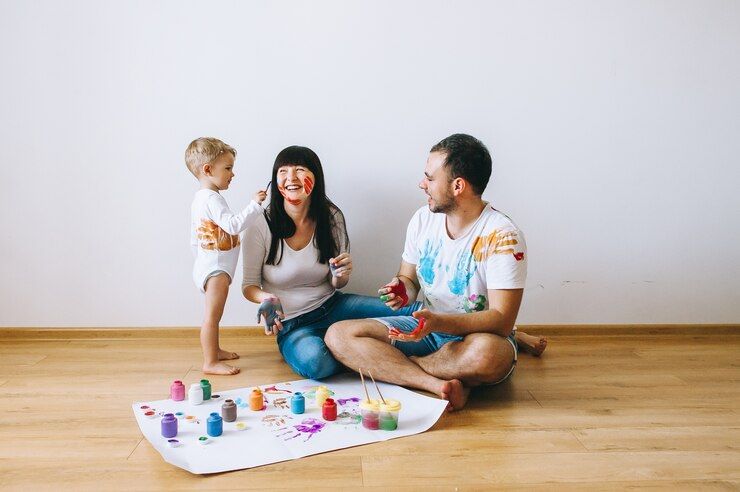Color is an integral part of our world. From nature’s vibrant landscapes to the carefully curated designs of our homes, colors influence our emotions, behaviors, and perceptions. While most children are taught basic colors early in life, a deeper understanding of shades, tones, and color families can significantly enhance their creativity, cognitive development, and problem-solving skills. Here’s why every child should learn about these essential aspects of color theory.
1. Enhances Creativity and Artistic Expression
Understanding how colors interact allows children to express themselves more effectively through art and design. When kids learn about shades (lighter versions of a color), tones (muted variations created by adding gray), and color families (groups of colors that work harmoniously together), they gain more control over their artistic creations. This knowledge helps them make informed choices, whether they are painting, crafting, or designing a school project.
For instance, instead of simply using “blue,” a child who understands shades and tones can experiment with sky blue, navy, or teal to achieve a specific mood or effect. This encourages originality and fosters an appreciation for artistic nuance.
2. Boosts Cognitive and Problem-Solving Skills
Color theory is more than just art—it involves logic and strategy. Learning how colors interact and complement one another improves a child’s ability to analyze, categorize, and make thoughtful decisions. When children mix colors to create new ones, they engage in a process of experimentation and discovery, which strengthens their problem-solving abilities.
For example, if a child wants to create a sunset painting, understanding warm and cool tones will help them blend reds, oranges, and purples effectively, rather than ending up with an unintended muddy color. This type of learning extends beyond art, helping children think critically in science, mathematics, and everyday life.
3. Improves Communication and Emotional Intelligence
Colors have a profound impact on emotions and communication. Learning about shades, tones, and color families helps children understand how colors can convey feelings and set moods. This knowledge enables them to use colors intentionally, whether they are designing a birthday card, selecting an outfit, or decorating their personal space.
For instance, children who grasp the emotional impact of colors will recognize that soft pastels create a calming atmosphere, while bold reds and yellows evoke excitement and energy. This awareness enhances their ability to communicate their thoughts and emotions visually.
4. Encourages an Early Appreciation for Design and Aesthetics
Whether in fashion, interior design, digital media, or marketing, an understanding of colors is crucial in various industries. Teaching children about color relationships from an early age helps them develop an eye for design, preparing them for potential careers in creative fields. Even if they do not pursue an artistic profession, this skill benefits them in everyday decision-making, from selecting outfits that match to designing presentations that captivate an audience.

Conclusion
Teaching children about shades, tones, and color families goes beyond simple art lessons, it equips them with valuable cognitive, creative, and emotional skills. By understanding how colors work together, children can enhance their artistic abilities, make informed decisions, and develop a lifelong appreciation for design and aesthetics. Investing in color education early on helps shape well-rounded, imaginative, and visually literate individuals ready to navigate the colorful world around them.
If you are looking for a book that teaches about shades, tones, and color families to kids, then ‘Crabby Crayon and The Truth About Blue’ by Kari Layton is a good fit. This charming story helps children see that differences add beauty to the world around them.
Order your copy now and start exploring the beauty of colors today.

